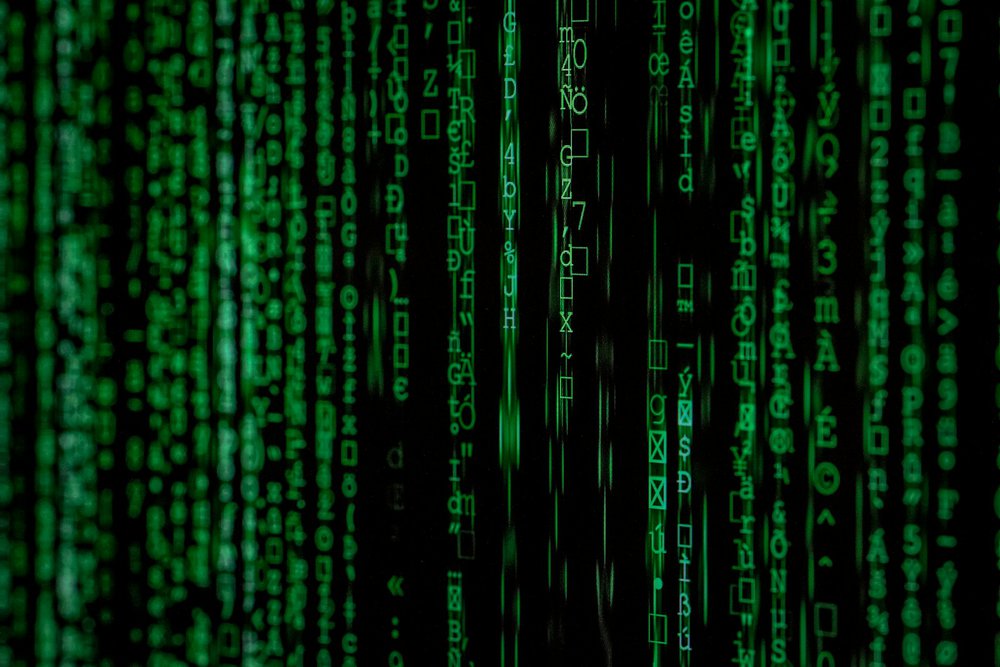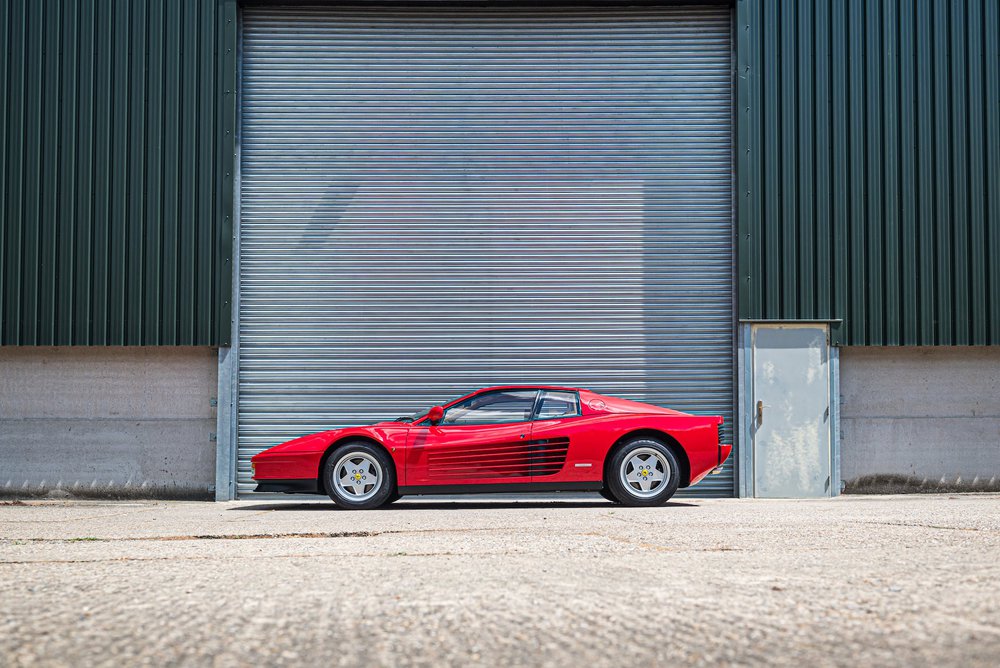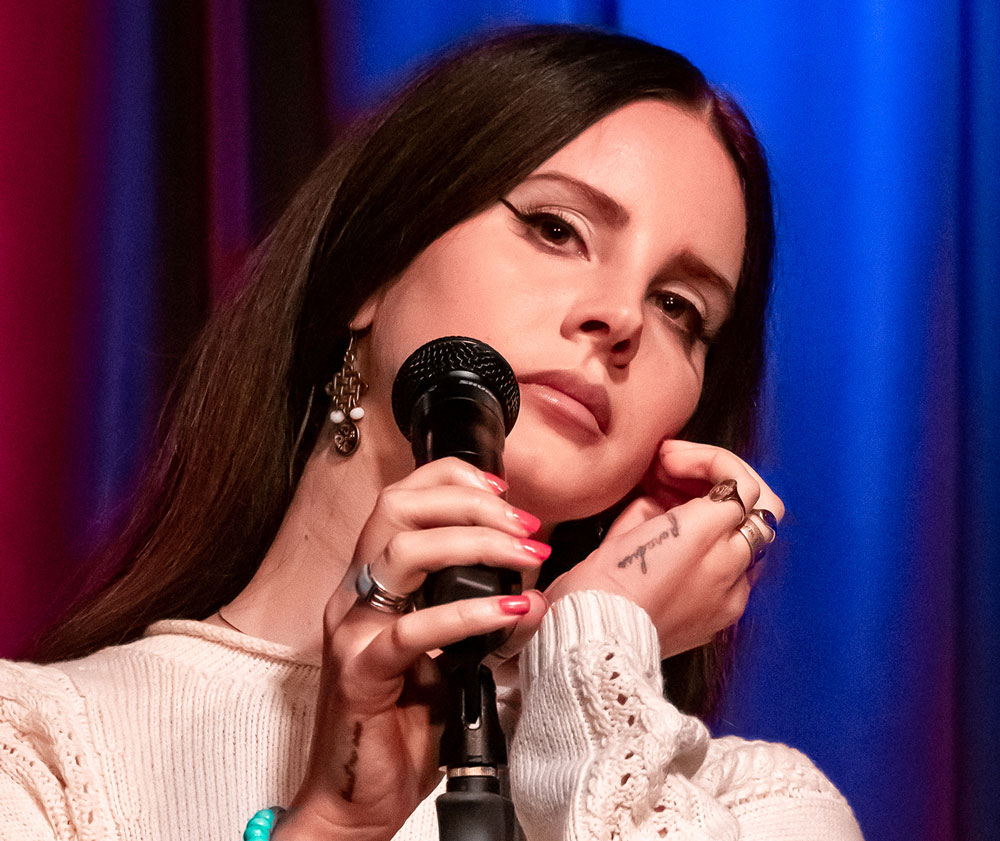Spotify was the tsunami in terms of online legal music distribution. Now it seems we have a earthquake called TIDAL. Jay-Z project about a better music service, sustainable and fair for the artists and the users. Who is going to win the battle?
Spotify the ultimate (r)evolution in terms of legality and online music experience
Spotify was launched in 2008. 7 years later the Swedish company has more than 60million registered users, 15 million are paid users. The music giant just washed away Soundcloud and Deezer that remain either more niche or local. From a technical point of view, Spotify Premium streams music at 320Kbit/s. This is supposed to be a good quality for listening. Certain mobile OS use a compression technology that triggers the effect of a better quality without any buffering. An off-line mode authorizes Premium subscribers to listen to music without being online. Thanks to Spotify and a good internet mobile connection, there is no difference between your own local music and everything you might stream from the platform. ![]()
![]()
Another interesting fact is the launch in 2013 of a specific website called Spotify for Artists. In this website we learn that Spotify pays copyright holders royalties for streamed music. The company pays 70% of its total revenue to rights holders. Spotify does not have a fixed per-play rate, considers factors such as the user’s home country and the individual artist’s royalty rate. Rights holders received an average per-play payout between $.006 and .0084. Apparently Spotify lost around $200 million since they started, there is a controversy on this information as the company never commented on it.
Spotify premium subscription is at $9.99 and in Switzerland is CHF12.95. You can find around 30 million songs, chosen in all main music catalogs in the world. So you might find generally what you are looking for. Unless the artist it self does not wish to be present on the platform. Artists like Taylor Swift for example have retrieved all music from Spotify. She is not the only one. When Taylor Swift removed all her music, she said that Spotify free users would have a wrong perception of the value of art. By accessing all the music they want for free (despite of all the ads) this brings the value of music, at least the perception of it, to a lower level. Music is an art and people should pay to access it. Now Taylor Swift has Tidal 🙂
Tidal, the new king of cool?
There are people who are like Midas, everything they touch becomes pure gold. Jay-Z is one of them. Successful rapper and respected businessman, the American artist never hesitated to invest in new businesses. When Jay-Z bought Aspiro for $56 million, owning 90% of the shares, he had in mind to bring a revolution into the music industry. Aspiro was founded in 1998 in Sweden. The company has 2 successful music franchise: Wimp and Tidal. Wimp was the perfect alternative to iTunes and other Sony’s play, Android play. It was the desktop era. Tidal was the rising star. Today with more than 500’000 users (all paid users), the Tidal business is well engaged. With the arrival of Jay-Z there is a cool effect that was brought to the table. Indeed the Swedish company became the hottest company right now. Probably it is now the new king of cool! What are the main differences with Spotify?
The company is based on exclusive paid accounts. You can only access the platform content with a paid subscription. 2 options though: the standard mode and a HIFI mode, that is suppose to be a higher music quality. ![]()
![]()
![]()
Another interesting point with Tidal is the fact you can also watch good quality videos, which is not the case on Spotify. Tidal also proposes short biography (compared to Spotify) about the artists and also what is said about them on social media (mainly Twitter). There is also a integrated magazine and several curated content. Last but not least, Tidal also say they give 75% of their revenue to disc companies and artists. Jay Z also explained that Tidal is a company owned by artists. So apparently Jay Z friends who appeared with him during the press announcement, all have some parts of the company. ![]()
![]()
Despite they all make a lot of money in the current music industry they all claim a better deal via Tidal and that Tidal preserves the pleasure of Music. Madonna, Alicia Keys, Daft Punk or Taylor Swift, all embrace Tidal. All the buzz generated with this announcement will for sure increase the number of subscriptions.
Tidal vs Spotify, the Test
The test was done between Spotify Premium and Tidal HIFI. The device used was an iPhone6 with two sorts of headphones: standard iPhone headphones and Bang & Olufsen A8 Earbuds. The test was done exclusively on 4G while traveling and walking in the street and on public wifi.
In terms of user interface, both tools are pretty much similar. There are a few differences in terms of buttons and certain functionalities placement. So if you know Spotify you will not be lost with Tidal. The registration process and the subscription application is easier on Tidal than on Spotify. On important point about subscription: you need to pay to get access to Tidal music catalog while Spotify offer some free listening time.
Here is the most important question: is the sound better on Tidal? Frankly? No. The average listener will not notice any difference with Spotify. The “advanced listener” will invest in a very high fidelity headphones and be very sensitive to details. What this listener will feel is that music on Tidal is somehow “louder”. Both services integrate music from CD support. The encoding between the 2 companies is not necessary different but it is true the sound is slightly louder on Tidal (which does not mean a better quality). So no big differences. If you want to increase the quality of your listening you better invest in proper headphones no matter which tool you are using.
In terms of music catalog, Tidal has between 20 to 25 million songs. Spotify has now a little more of 30 million songs. The difference does not sound big but if you cannot find your favorite artist, not sure to move to Tidal. Tidal is working hard to fill the gap. Jay Z is trying to negotiate a lot of exclusivity in terms of music avant premiere and even exclusive artists. So today, the only way to listening to Taylor Swift is to pay money to Apple iTunes or paying to Tidal. This might takes us to an increase of piracy. Digital music still sounds quite expensive for what we get. On Apple iTunes, you end up buying the album for $9 to $14 in general. It is basically the price of a CD album. With streaming music you do not acquire a copy of the song or of the album, you buy the access to listen to the music. When you stop paying, you do not have the right anymore to access that content. So many countries like Brazil, China or even the US keep doing illegal downloads because of the price.
In conclusion, We do not see a better system than other. From a sound point of view, content and experience, Tidal and Spotify are pretty equivalent. The suggestion for Tidal would be to give the money directly to artists. Up to the artist to give the money to their record company or to keep it for themselves. We would also suggest a true sound improvement which might require some heavy high-tech revolution, meaning a real one. I would also suggest Tidal to find a fair deal for “free music”, like for example delivering a couple of songs per album.
So for the moment I keep my Spotify and Soundcloud. Sorry Jay-Z.
Info sourced at Spotify, Tidal press releases, websites and luxuryactivist test. All content is copyrighted with no reproduction rights available.


